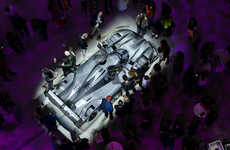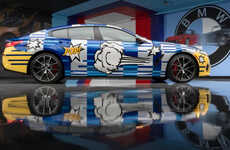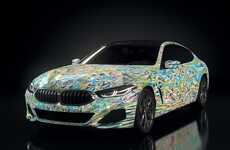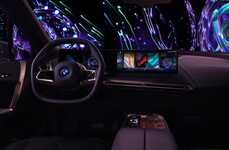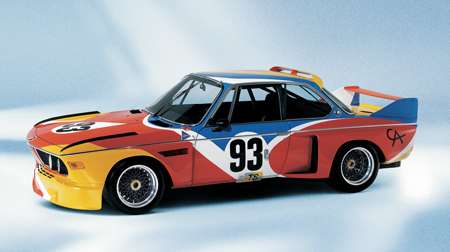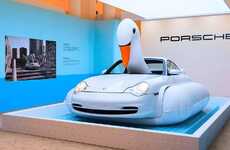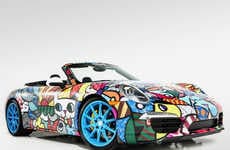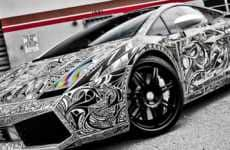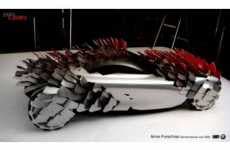
The BMW Art Cars
lourdes sanchez bayas — June 14, 2008 — Autos
The BMW Art Cars tradition began in 1975 when French race car driver Hervé Poulain asked Alexander Calder to customize his BMW 3.0 CSL. For 33 years, BMW cars have been turned into rolling works of art by such influential artists as David Hockney, Roy Litchenstein, Frank Stella, Robert Rauschenberg and Andy Warhol.
These unique pieces, which have been shown in prominent museums around the world such as the Louvre Museum, The Metropolitan Museum of Art, and The Guggenheim Museum to name a few, are on permanent display at the BMW museum in Munich, Germany.
These unique pieces, which have been shown in prominent museums around the world such as the Louvre Museum, The Metropolitan Museum of Art, and The Guggenheim Museum to name a few, are on permanent display at the BMW museum in Munich, Germany.
Trend Themes
1. Art Cars Trend - The tradition of turning cars into works of art has continued for over 40 years, providing innovative opportunities for artists and car manufacturers.
2. Collaborative Art Trend - The collaboration between artists and car manufacturers to create unique art cars showcases the potential for disruptive innovation in the art and automotive industries.
3. Museum Display Trend - The display of art cars in prestigious museums around the world highlights the trend of blending art and automotive culture, presenting opportunities for disruptive innovation in the museum industry.
Industry Implications
1. Art Industry - The production of art cars involves artists from various backgrounds, creating disruptive innovation in the traditional art industry.
2. Automotive Industry - The transformation of cars into art pieces reflects disruptive innovation in the automotive industry through unique collaborations and designs.
3. Museum Industry - The inclusion of art cars in museum exhibits presents disruptive innovation opportunities by combining automotive culture with traditional art display.
1.4
Score
Popularity
Activity
Freshness


